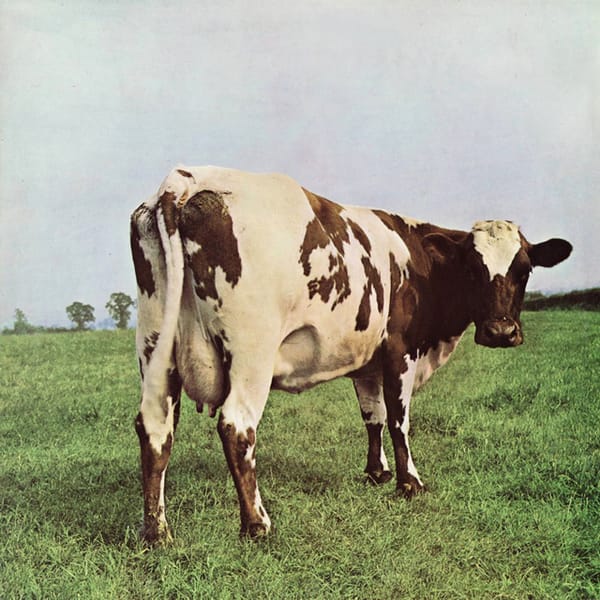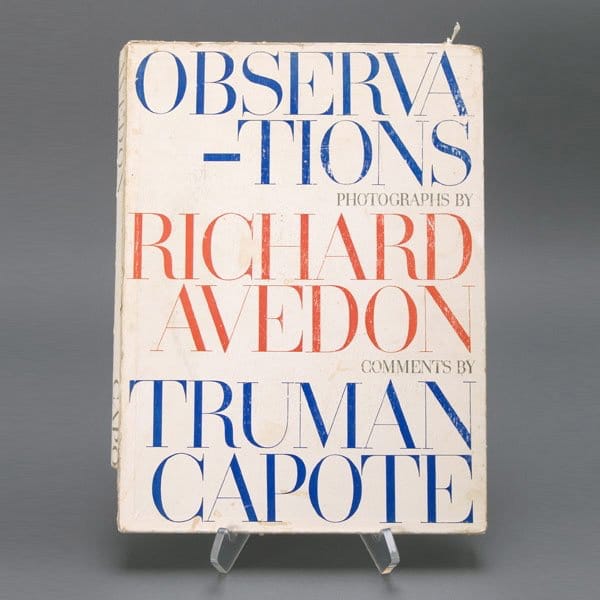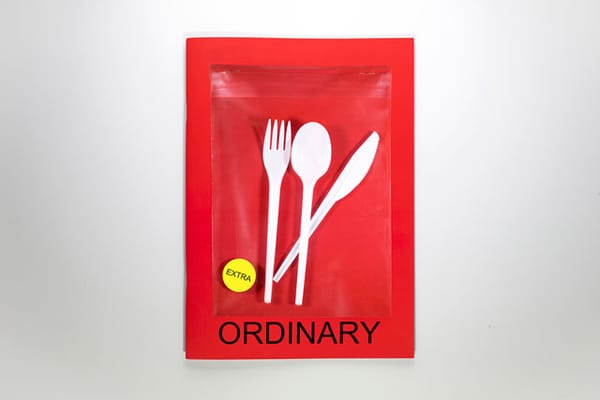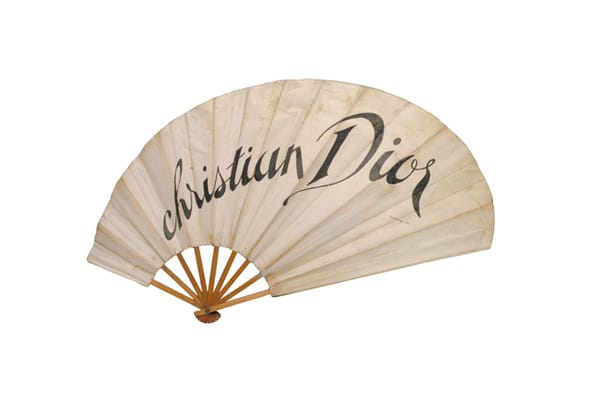We caught up with one of the winners of our Ditto Print Camp scholarship, photographer Lua Ribeira, to find out more about the process and concept behind her engaging – and sometimes unsettling – images.
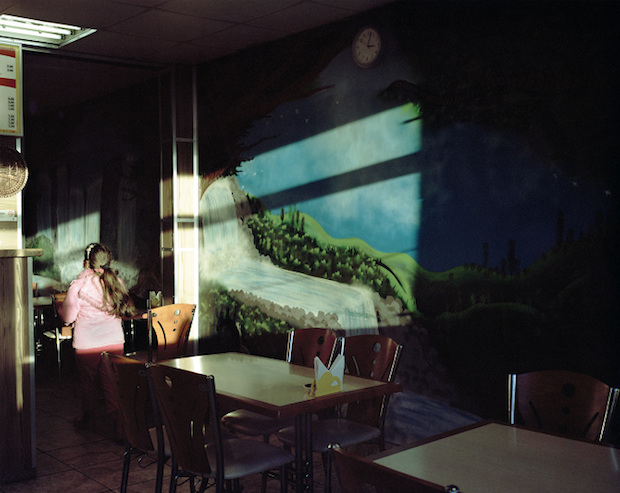
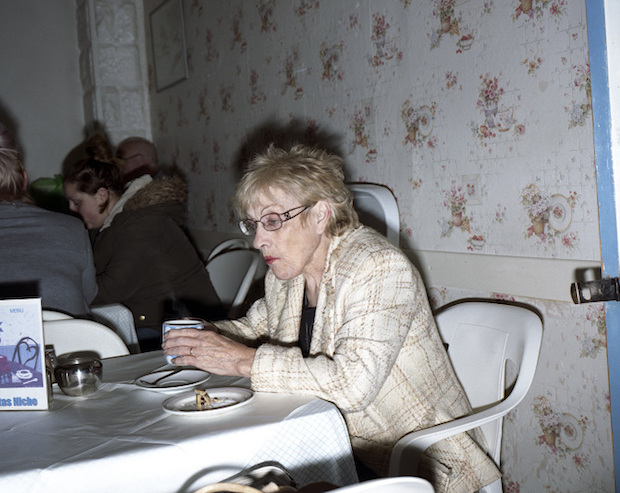
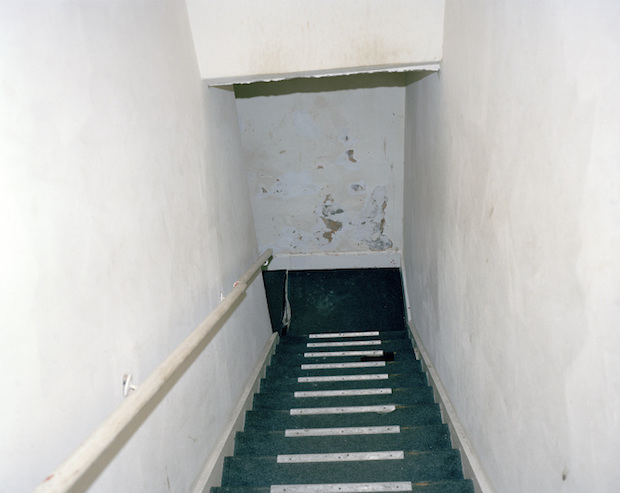
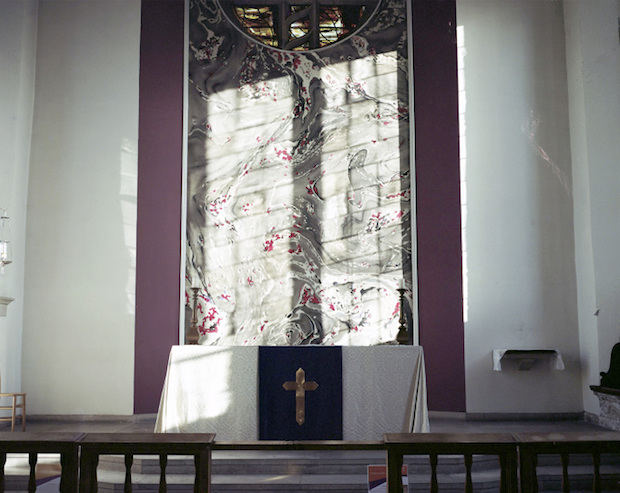
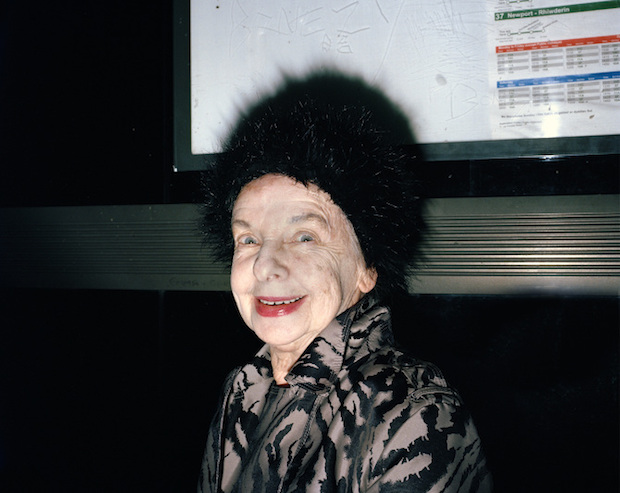
How would you describe your practice?
This is something that I am constantly discovering. I guess it is too soon to know, but what I always try to do is to find in my images the elements that surprise me and the mistakes that take me to a new place. The challenge is to continue pushing the idea of search and play, even beyond finding a great image, as sometimes great images are the problem. Later, I try to figure out what the work is about and make sense of it by editing or organising the material. Often the work becomes very complex and transcends my original thoughts, but I prefer it that way. When approaching a new subject I go in with pure fascination and act on impulse, while never imposing a strict methodology. I also see photography and the camera as a great excuse to go on my own to places I would never dare to go.
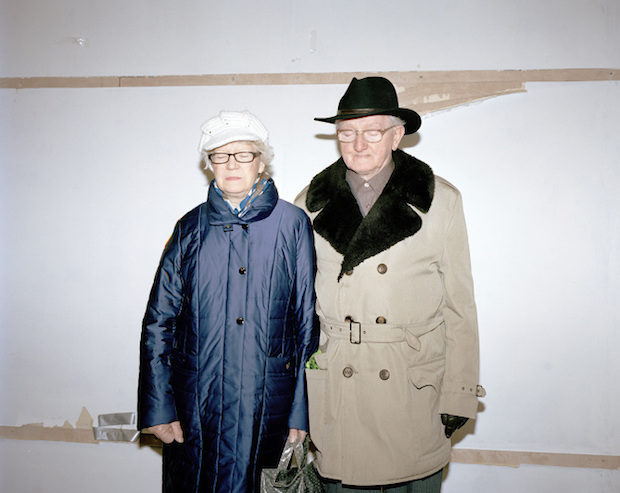
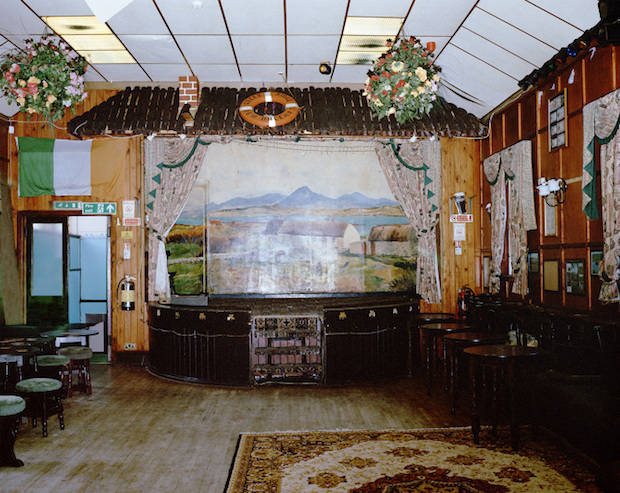
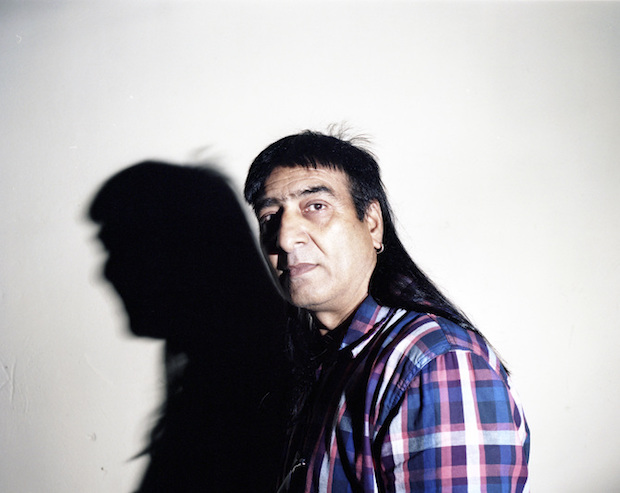
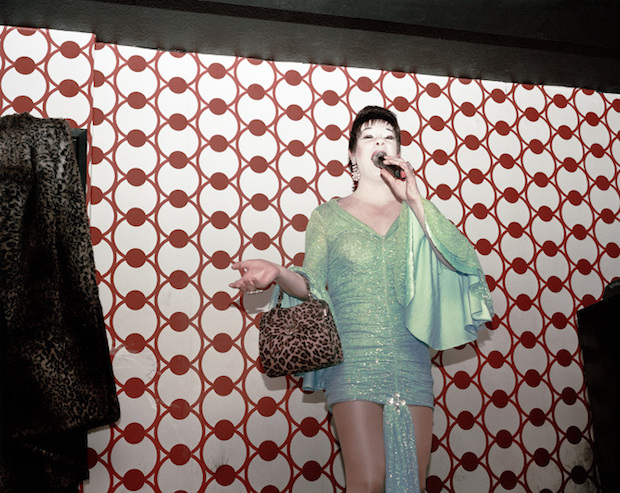
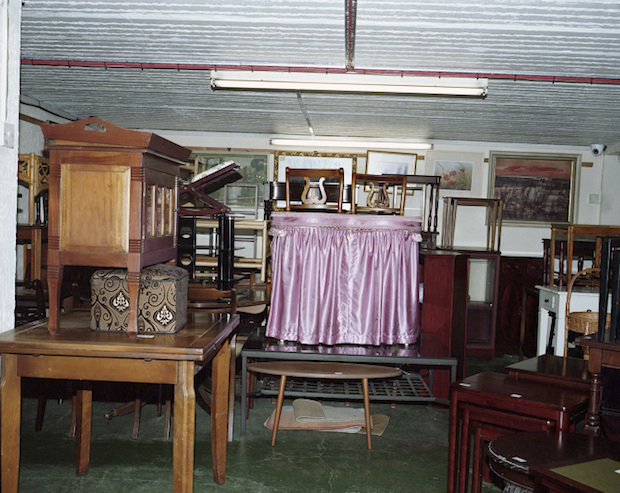
Tell us a bit more about your Noises in the Blood project.
I produced the series in a very short time and now need to revisit Birmingham and finish it. I think it needs something else, maybe it needs to tell you that this is not Jamaica or anywhere tropical, but in fact England. The initial motivation was to shake some ideas that are supposedly “overcome” in modern Western pseudo-privilege society, but are not at all. These ideas – feminism, racism, religion, and so on, the ones on which we all “agree” – are somehow statements that we do not question, taboos. After being advised to be careful with what I did many times, I firmly decided to ignore the tip and followed the sequinned reflections of a group of splendid women without second thoughts, to really find out what is going on in my reaction towards them and the context around us. I started to go to some parties within Jamaican communities, which were tropical recreations taking place in spaces such as old British social clubs or industrial estates. It is like a local reality inside a cosmopolitan hyper-reality. I see it as very futuristic and completely hidden.
I am also fascinated by dancehall music, people like Spice and Vybz Kartel. Their music initially seemed like something tacky, however when I started to listen, I began to enjoy it. After reading what they were saying, I found out how it can be misunderstood when perceived in a different context. Later, people like Carolyn Cooper or Angela Davis taught me a new history that allow me to see these women and their culture from another perspective.Davis’ book Women, Race and Class provided me with really new ideas about feminism related to race. Carolyn Cooper’s book Noises in the Blood (I borrowed my title from her) analyses the misunderstood vulgarity of the dancehall ritual and its sexual expression among other aspects like lyrics, idiom, rhythm, etc. It is fascinating.
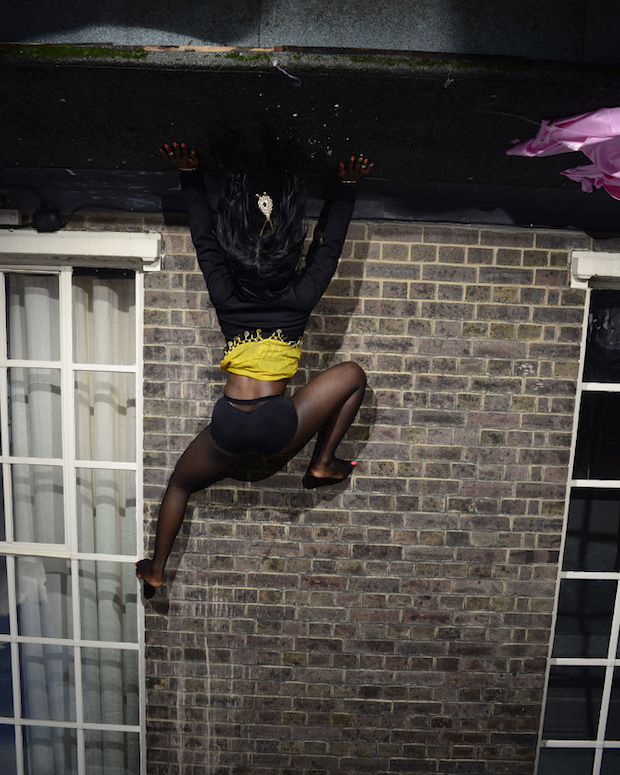
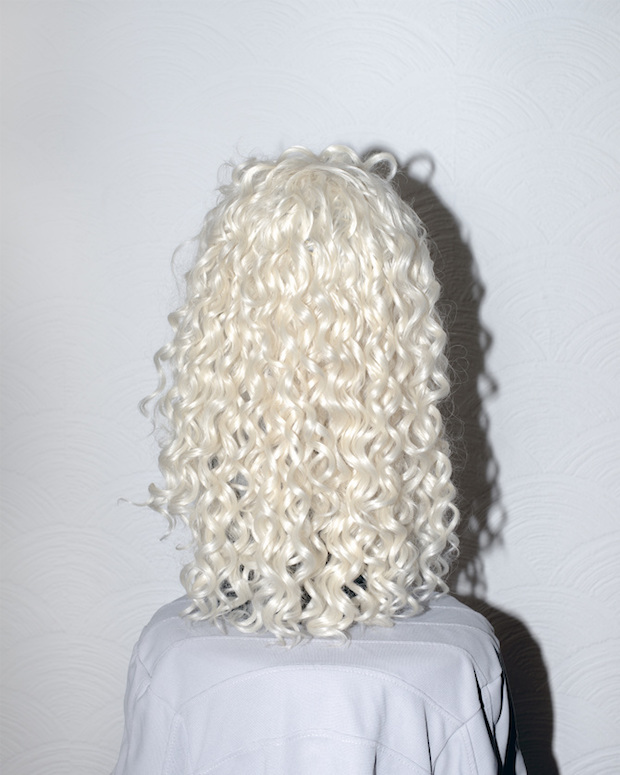
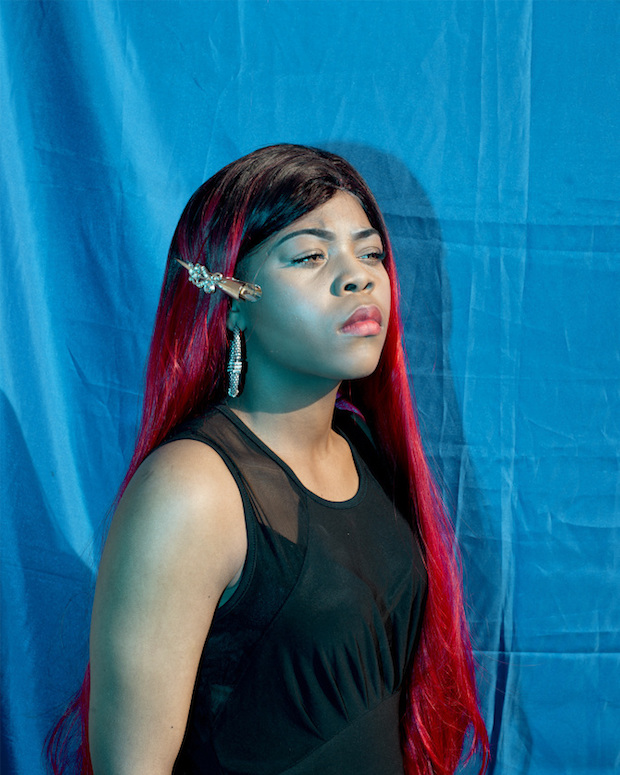
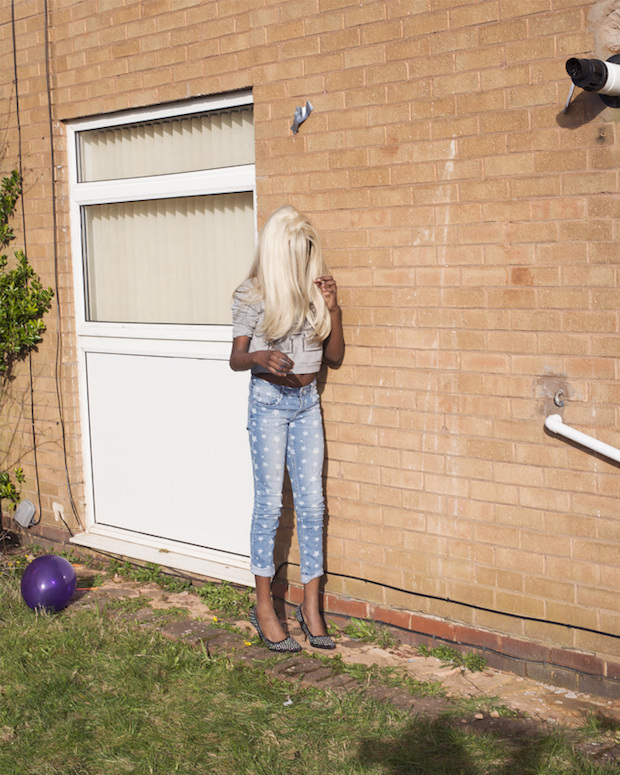
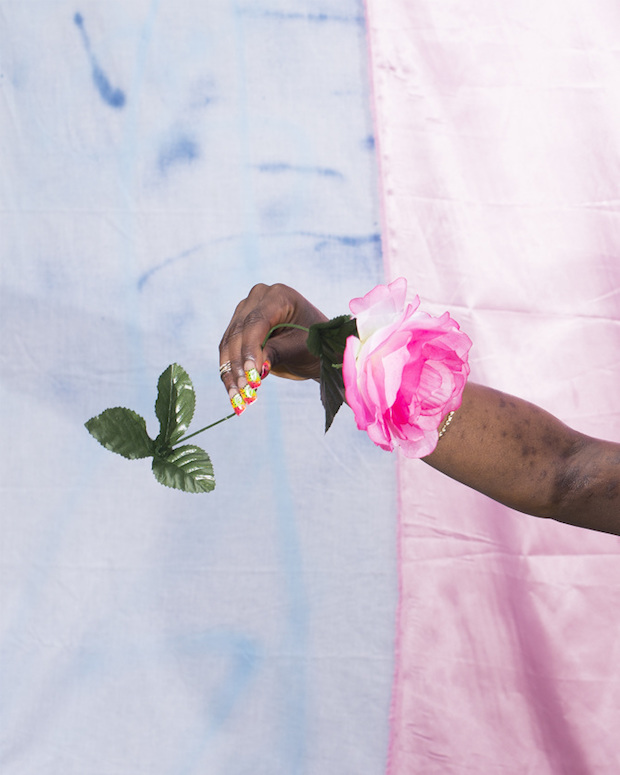
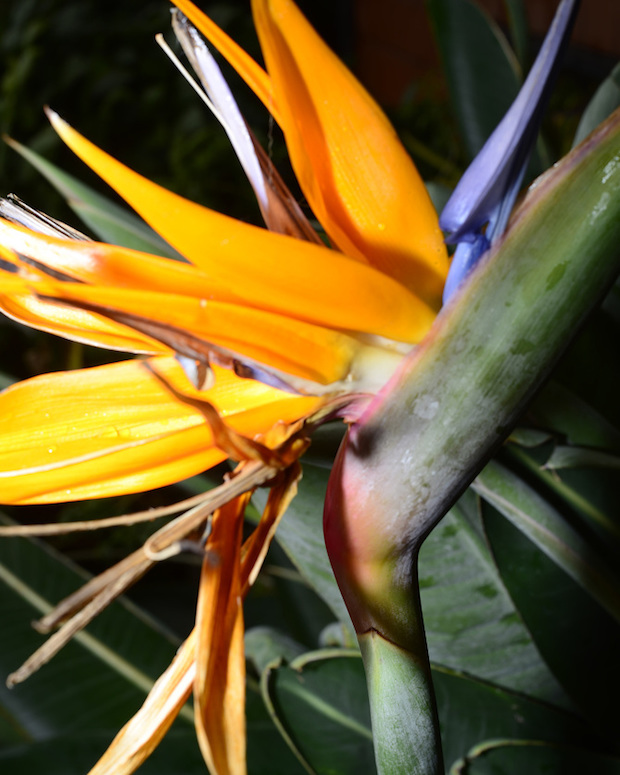
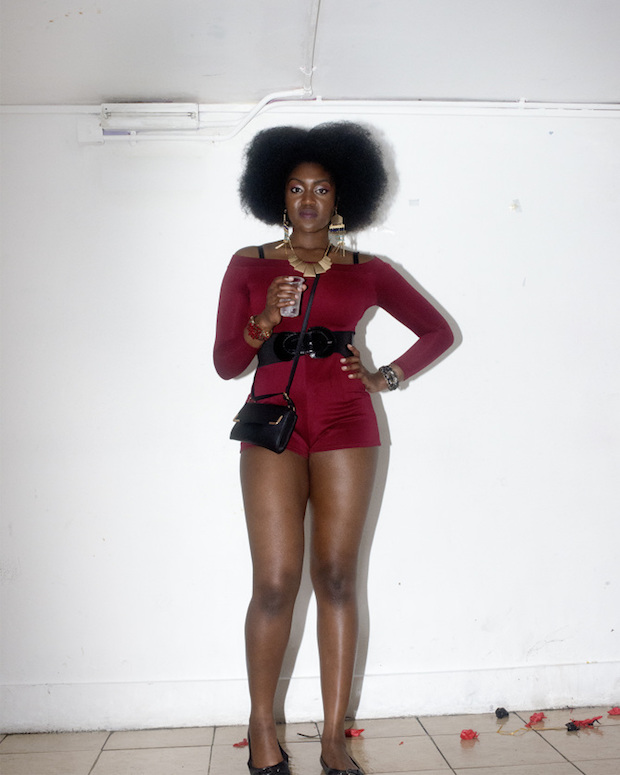
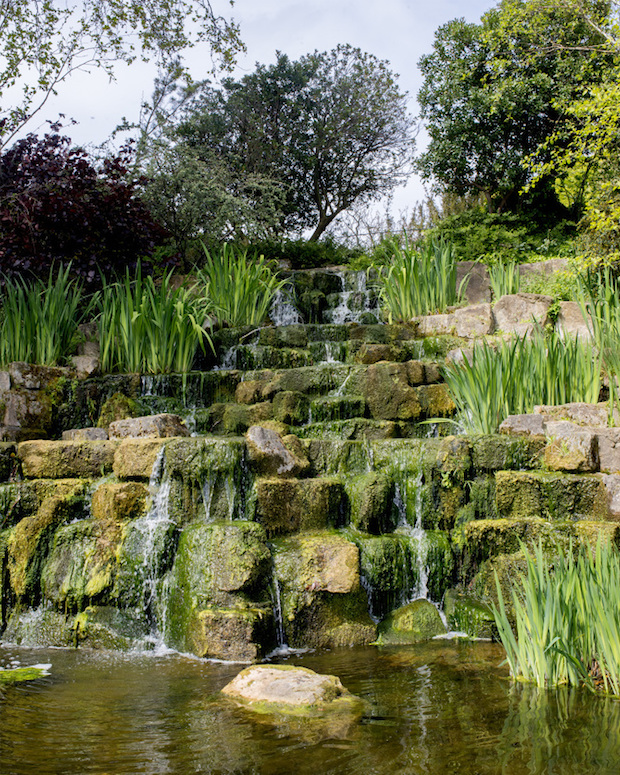
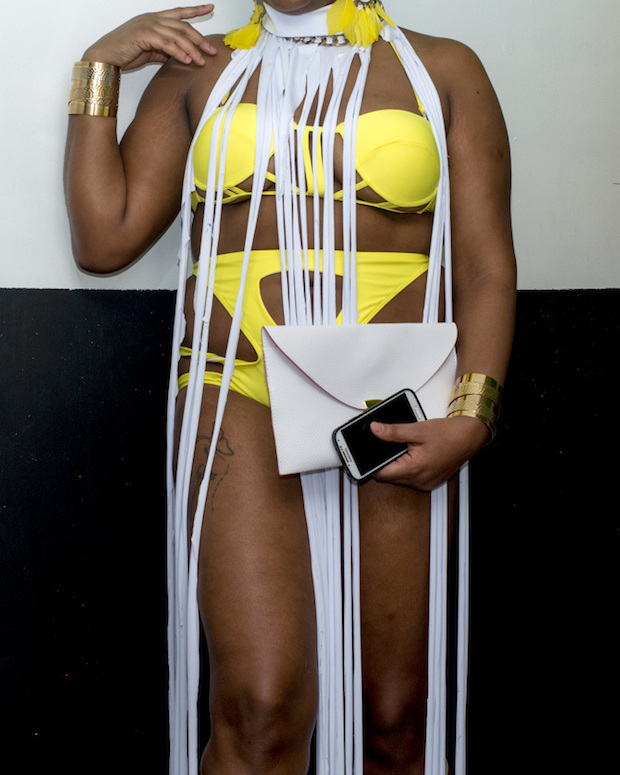
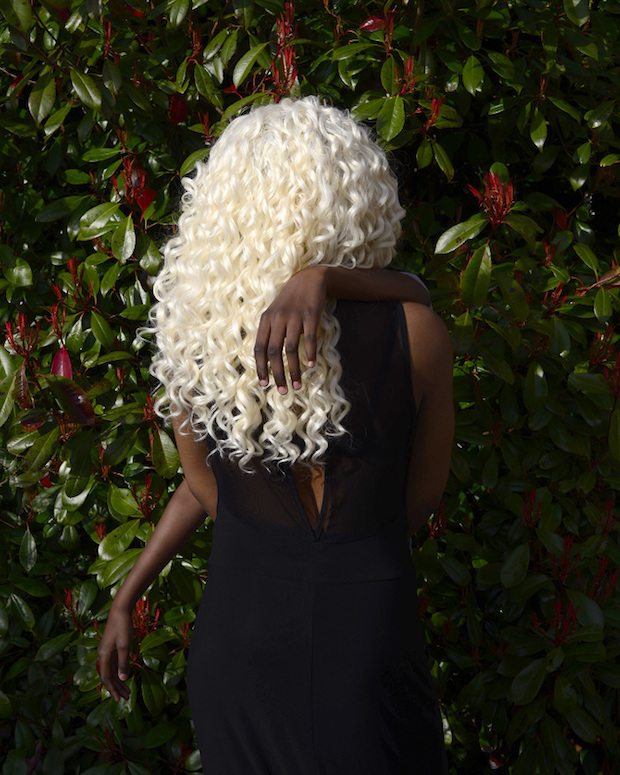
Can you tell us a little bit about how you build relationships with your subjects?
It depends of the work. Sometimes I just steal the photo without saying anything, and afterwards smile very sweetly. But often, I want something else from the people, like a moment of interaction, that maybe gives something else to the image. With my approach I really change how I behave depending on the person or the context. Sometimes I can act like I am from a fashion magazine, at other times I can be streetwise, a photojournalist, a student, Spanish, Latino, etc. It is not a matter of lying but of attitude I think. “Be water my friend,” said Bruce Lee.
“There are however some photographs that seem to collide with your body. They are unapologetic for stealing your attention and they shout very loudly at you,” said Alexander Norton of your work and I can’t help but agree. How do you to capture this bite and natural energy with your images?
That is a great complement. I just flip the images! No, I just flip some of them. I think that is my intention, to create images that produce shock, even when we are bombarded by them. Sometimes I would like to photograph more subtly and gently, but maybe that comes with time. Now I feel more like an explosion. Digital cameras also allow me to play a lot.
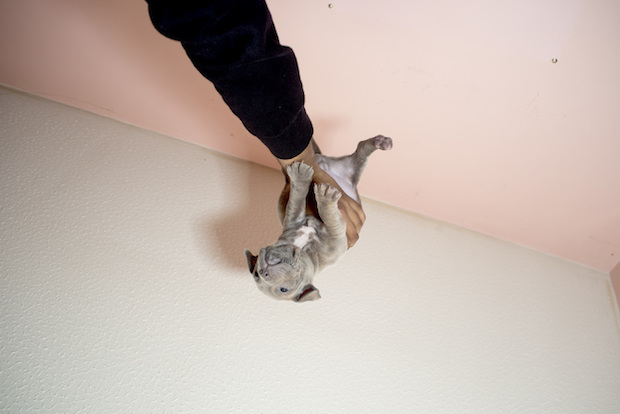
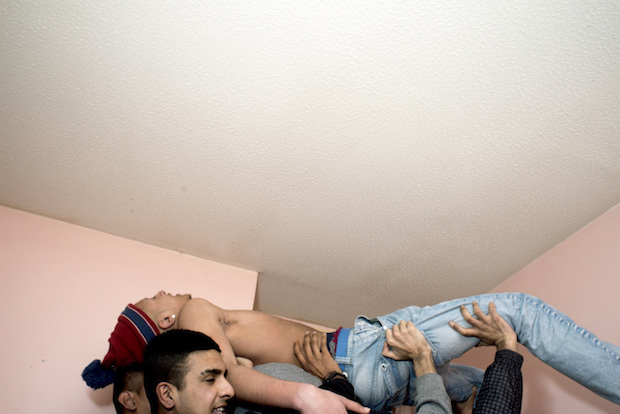
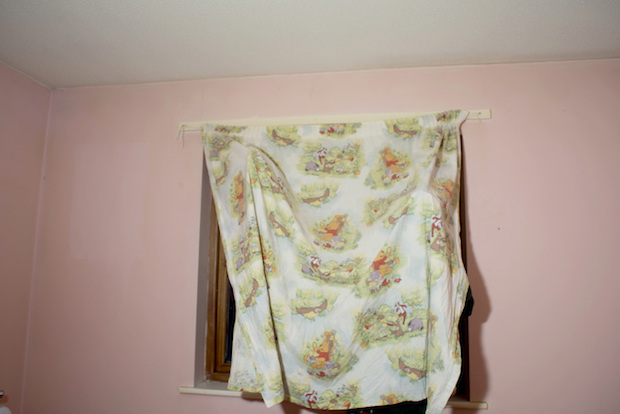
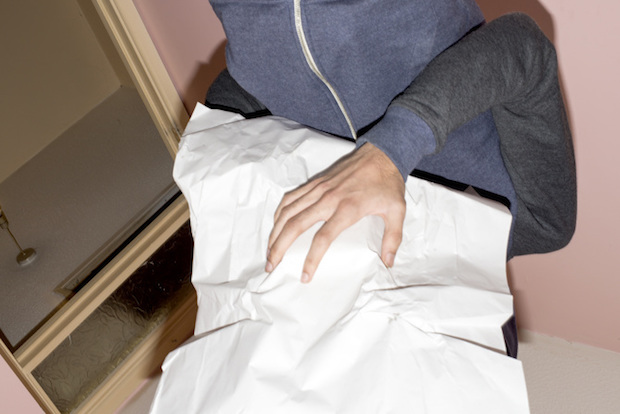
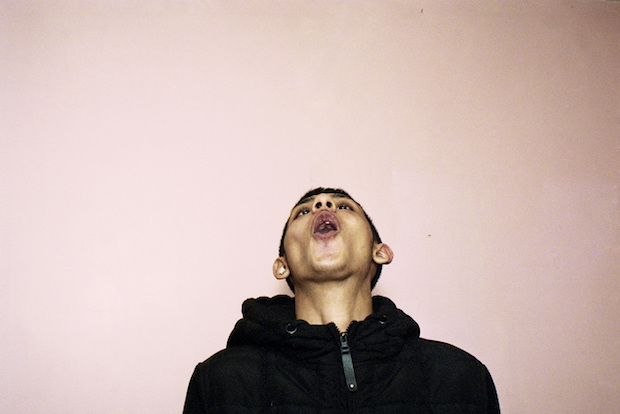
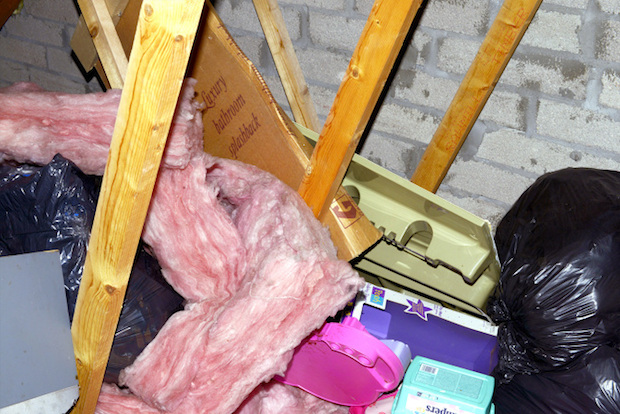
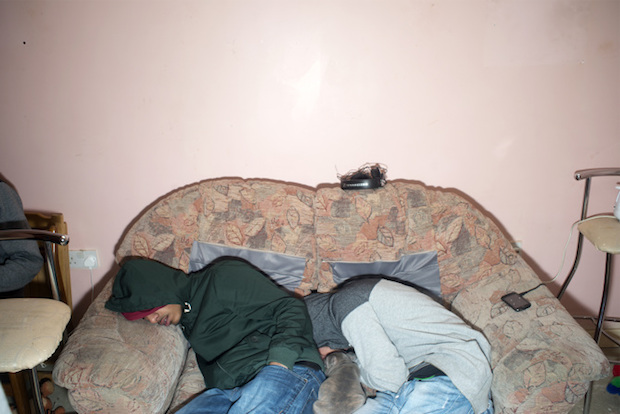
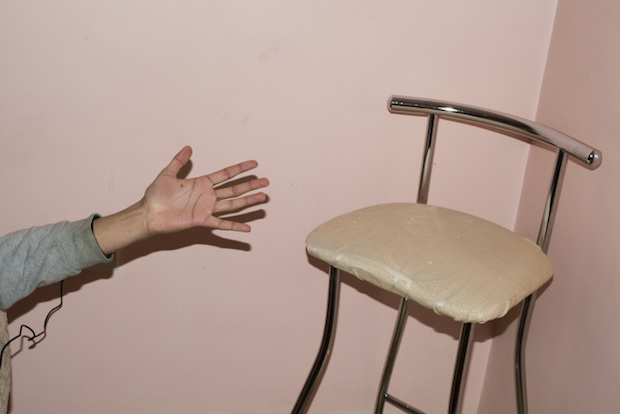
Which other photographers do you admire and how have they influenced your work?
I am influenced by photographers that are my colleagues, like Michael Alberry, Isaac Blease, Sebastian Bruno, my sister Bandia and other non-photographic artists around me like Carla Lopez or my dad. I see New Europe by Paul Graham as a strong influence in the way I try to sequence my images. I love Graham´s work and how he pushes the medium. I also respect Ricardo Cases, Trent Parke, Miguel Angel Tornero, Diane, Saul Steinberg, Moebius. Viviane Sassen is my favourite photographer.
What are you working on next?
I am very excited because I will have more time to develop a project. I do not want to tell what is about because I haven’t started and I am superstitious. I tend to change my mind and am quite impulsive. It is going to take me to great places if I find the way to afford it, and is going to have that “visual magnets” that I keep obsessed with, like when you see a waterfall so perfect that is almost unreal or too real to be a image.
luaribeira.com


